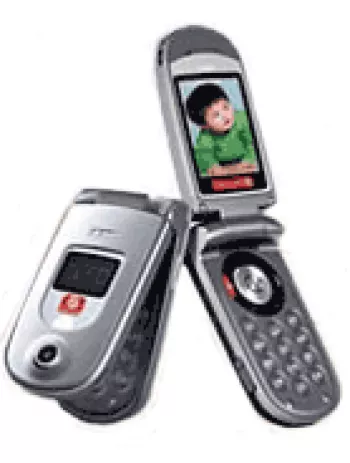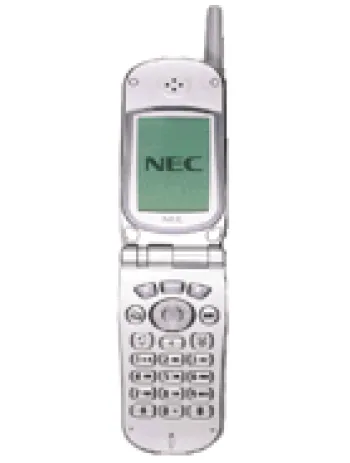
Overview
The NEC e353, released in the fourth quarter of 2005, is a classic feature phone from a time when mobile technology was rapidly evolving. Though now discontinued, this device was a representation of early 3G mobile technology combined with the simplicity and reliability of feature phones, making it ideal for users looking for basic phone functionalities without the complications of modern smartphones.
Design and Build
The NEC e353 features dimensions of 117 x 46 x 16 mm and weighs approximately 90 grams, making it a compact and lightweight device that was easy to carry around. The phone's design prioritized practicality, featuring a Mini-SIM slot and a straightforward button layout that was typical of the period. Available in silver and black, its aesthetic was simple yet functional.
Display
Equipped with a TFT screen displaying 65K colors, the phone's display had a resolution of 176 x 220 pixels. While these specifications may seem limited by today’s standards, they provided clear and vibrant graphics for simple tasks such as reading text messages and navigating the phone's menu at the time.
Camera
The NEC e353 comes with a VGA main camera capable of taking basic photos and videos. Although the 0.3 MP camera cannot compete with modern smartphone cameras, it was suitable for users wanting to capture simple moments. The absence of a front camera reflects the device's focus on essential communication functions.
Performance and Memory
With 32MB of internal storage and no card slot for expansion, the NEC e353 was limited in terms of data storage—a common issue with feature phones of its era. However, it supported a phonebook with 500 entries and allowed for storing call records of up to 20 dialed, received, and missed calls each.
Network and Connectivity
Supporting GSM and UMTS networks, the NEC e353 was compatible with 2G and early 3G technologies, allowing basic browsing and data services with speeds up to 384 kbps. It lacked modern connectivity options such as Bluetooth, Wi-Fi, and GPS, instead having a proprietary USB connection for data transfer.
Battery Life
Powered by a removable Li-Ion 770 mAh battery, the phone offered up to 190 hours of standby time and up to 3 hours of talk time. This was typical of feature phones, which prioritized long battery life over power-hungry applications.
Additional Features
The device supported messaging via SMS, EMS, and MMS, reflecting its role as a communication tool. It featured a WAP 2.0/xHTML browser for basic internet access and was compatible with Java MIDP 2.0, allowing users to install and run simple Java applications and games. The absence of a 3.5mm jack highlighted its focus on communication rather than entertainment.
Key Features of NEC e353
- Network Technology: GSM / UMTS
- 3G Speed: Up to 384 kbps
- Lightweight Design: Weighing only 90 g (3.17 oz)
- Display: TFT with 65K colors
- Resolution: 176 x 220 pixels
- Memory: 500 phonebook entries with Photocall feature
- Internal Storage: 32MB
- Main Camera: VGA with video capability
- Messaging: SMS, EMS, and MMS support
- Java Support: Yes, MIDP 2.0
- Battery: Removable Li-Ion 770 mAh
NEC e353 Key Drawbacks
- No expandable memory; lacks a card slot.
- Limited internal storage with only 32MB available.
- Basic VGA camera without advanced features.
- No features for Wi-Fi connectivity.
- Lacks Bluetooth support, limiting wireless connectivity.
- No GPS for location services.
- Absent FM radio functionality.
- Proprietary USB, which may limit accessory compatibility.
- Does not feature a standard 3.5mm headphone jack.
- Small display with lower resolution (176 x 220 pixels).
- Limited battery life, offering talk time of only up to 3 hours.

View Also
More Phones
All Rights Reserved +14266 Phones © Mobilawy 2025
























